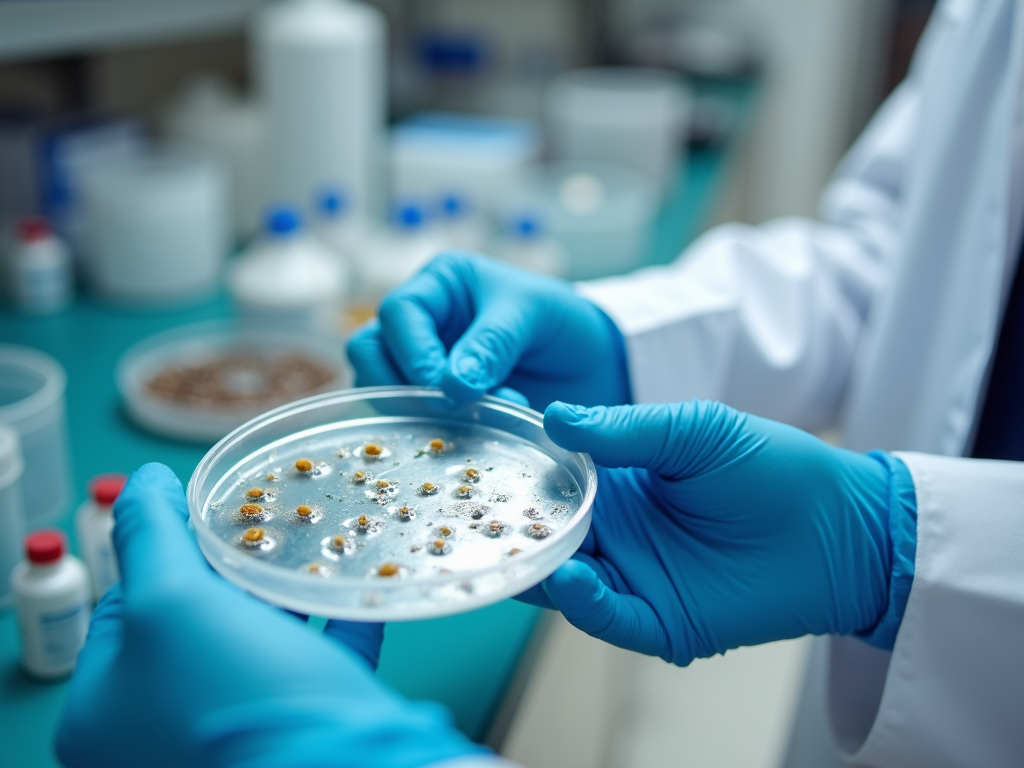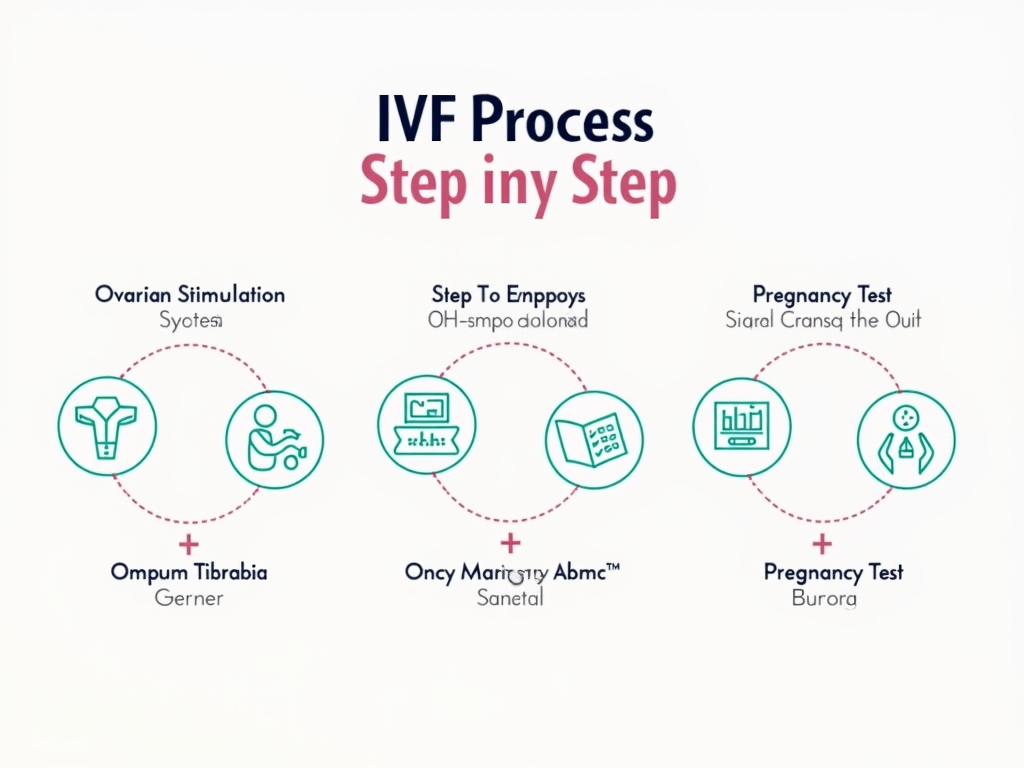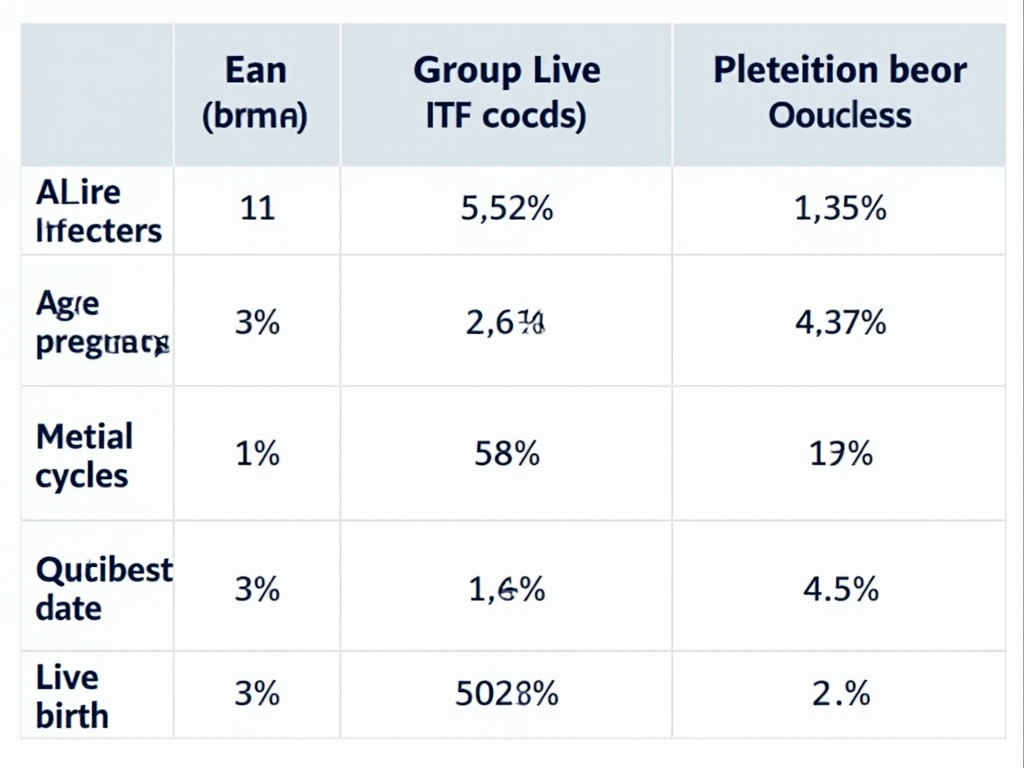Understanding IVF: A Beginner’s Guide
June 1, 2025, 7:17 a.m.
Overview
In Vitro Fertilization (IVF) is a widely recognized fertility treatment that has helped millions of people worldwide achieve their dream of parenthood. This guide aims to demystify the IVF process for beginners, offering a clear and detailed explanation of what to expect. Whether you're considering IVF or simply want to learn more, this article provides a comprehensive overview of the procedure, personal insights from those who have undergone it, and key considerations to keep in mind.
What is IVF?
IVF, or In Vitro Fertilization, is a medical procedure where an egg is fertilized by sperm outside the body, in a laboratory setting. The fertilized egg, or embryo, is then implanted into the uterus to initiate pregnancy. IVF is often used when other fertility treatments have failed or when there are specific medical conditions that make natural conception difficult.
The process begins with ovarian stimulation, where medications are used to encourage the ovaries to produce multiple eggs. These eggs are then retrieved through a minor surgical procedure. Sperm is collected and used to fertilize the eggs in a controlled environment. After a few days, the healthiest embryos are selected for transfer to the uterus.

The IVF Process: Step by Step
Understanding the IVF process can be overwhelming, but breaking it down into steps can make it more manageable. Here’s a simplified overview:
- Ovarian Stimulation: Medications are administered to stimulate the ovaries to produce multiple eggs.
- Egg Retrieval: A minor surgical procedure is performed to collect the eggs.
- Sperm Collection: Sperm is collected from a partner or donor.
- Fertilization: Eggs and sperm are combined in a laboratory to create embryos.
- Embryo Transfer: The healthiest embryos are transferred to the uterus.
- Pregnancy Test: A blood test is conducted to determine if the procedure was successful.
Each step requires careful monitoring and coordination with a fertility specialist. It’s important to note that the process can vary slightly depending on individual circumstances and the clinic’s protocols.

Personal Insights and Experiences
IVF is not just a medical procedure; it’s an emotional journey. Many individuals and couples who undergo IVF experience a range of emotions, from hope and excitement to anxiety and disappointment. Sharing personal stories can help others feel less alone in their journey.
One woman shared, "The hardest part was the waiting. After the embryo transfer, the two-week wait for the pregnancy test felt like an eternity. I tried to stay positive, but it was challenging. When I finally got the call that I was pregnant, it was the most incredible feeling in the world."
Another individual noted, "IVF was our last hope after years of trying to conceive naturally. It wasn’t easy, but the support from our fertility team and loved ones made a huge difference. We’re now proud parents of twins, and we’re so grateful for the opportunity IVF gave us."

Key Considerations for IVF
Before embarking on the IVF journey, there are several important factors to consider:
- Cost: IVF can be expensive, and costs vary widely depending on location and individual needs. It’s essential to understand the financial commitment involved.
- Success Rates: Success rates for IVF can vary based on age, health, and other factors. Discussing these rates with a fertility specialist can help set realistic expectations.
- Emotional Impact: The process can be emotionally taxing. It’s important to have a support system in place and consider counseling if needed.
- Time Commitment: IVF requires multiple appointments and procedures over several weeks. Ensuring you have the time and flexibility to attend these is crucial.
For more detailed information on IVF success rates, you can refer to the CDC’s ART Success Rates, which provides data from fertility clinics across the United States.

Fertility Preservation and Other Options
While IVF is a common fertility treatment, it’s not the only option. Fertility preservation techniques, such as egg freezing, are becoming increasingly popular, especially for those who wish to delay parenthood.
Egg freezing involves retrieving eggs and freezing them for future use. This can be a viable option for individuals facing medical treatments that may affect fertility or those who aren’t ready to start a family yet. For a detailed guide on egg freezing, check out Egg Freezing: Your Step-by-Step Guide.
Other fertility preservation options include sperm freezing and embryo freezing. These techniques can provide peace of mind for those concerned about future fertility. Learn more about these options in Fertility Preservation: Options and Considerations.

Modern Fertility Treatments Explained
Advancements in reproductive medicine have led to the development of various fertility treatments beyond traditional IVF. These include:
- Intracytoplasmic Sperm Injection (ICSI): A procedure where a single sperm is injected directly into an egg to facilitate fertilization.
- Preimplantation Genetic Testing (PGT): A technique used to screen embryos for genetic abnormalities before transfer.
- Donor Eggs or Sperm: An option for individuals or couples who cannot use their own gametes.
These treatments can be used in conjunction with IVF to increase the chances of success. For a comprehensive overview of these treatments, visit Modern Fertility Treatments Explained.

Advanced Fertility Preservation Techniques
For those interested in the latest developments in fertility preservation, advanced techniques such as ovarian tissue freezing and in vitro maturation (IVM) are emerging. These methods offer new possibilities for individuals with specific medical conditions or preferences.
Ovarian tissue freezing involves removing and freezing a piece of ovarian tissue, which can later be transplanted back to restore fertility. IVM, on the other hand, involves maturing eggs in a laboratory setting before fertilization, reducing the need for ovarian stimulation.
These advanced techniques are still being refined, but they hold promise for the future of fertility preservation. For more information, you can explore resources from the American Society for Reproductive Medicine.

Summary
Understanding IVF is crucial for anyone considering this fertility treatment. This guide has provided a beginner-friendly overview of the IVF process, personal insights from those who have experienced it, and key considerations to keep in mind. Additionally, we’ve explored related topics such as fertility preservation and modern fertility treatments to give you a well-rounded understanding of your options.
If you’re ready to take the next step, consult with a fertility specialist to discuss your specific situation and explore the best path forward. Remember, you’re not alone in this journey—there are resources and support systems available to help you every step of the way.